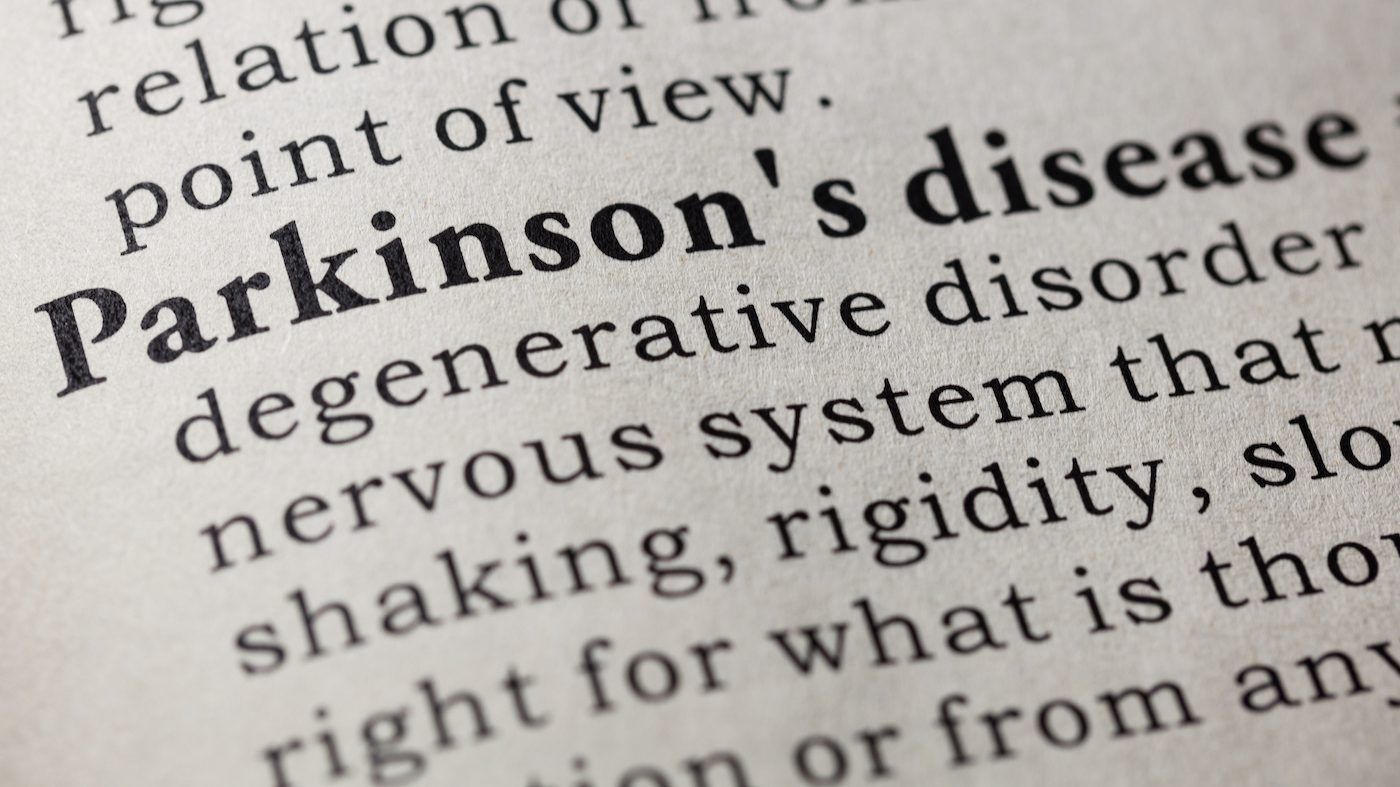wait times to see specialists also pose a problem, with about one in every five people in canada waiting a year or more to get a formal diagnosis after reporting their symptoms to a healthcare provider. the prolonged wait can lead to increased physical and mental health deterioration.
in 2018, for example, the national wait time to see a movement disorder specialist (a neurologist with further training in movement disorders) was 11 months, with some regions reporting a wait time of up to two years. most of these specialists are based in major urban centres, so there are barriers to accessing care for rural canadians.
also, as noted by parkinson canada, there are no movement disorder specialists in prince edward island or any of the territories. there are also no general neurologists in the territories, so people rely on travelling neurologists who visit their area or have to travel to appointments with clinicians in other provinces.
impact of parkinson’s disease on canadian society
while there’s no cure, the goal of parkinson’s treatment is to minimize symptoms so people can carry on with daily life and work. and it’s the non-motor parkinson’s symptoms that are reported as having the most negative impact on quality of life, including changes in cognition and memory, fatigue, sleep disturbances, anxiety and depression,
says parkinson canada.
 11 minute read
11 minute read









